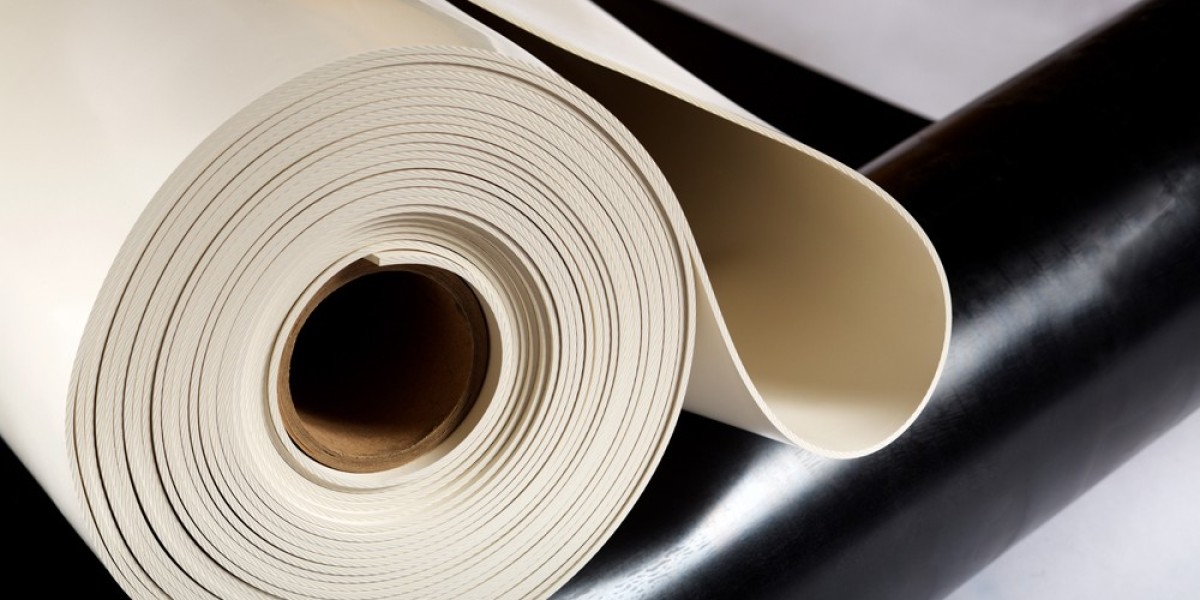Production and Demand
Ethylene and propylene are the two most important petrochemical building blocks produced globally. Together, they account for over half of all polymer production worldwide. Ethylene serves as the raw material for polyethylene, the highest volume plastic. Propylene is used to make polypropylene, one of the fastest growing plastic types. In 2020, global ethylene capacity stood at over 190 million tons while propylene capacity was around 95 million tons. Both experienced steady 3-4% annual growth over the previous decade to keep up with rising consumption.
Asia leads global ethylene and propylene output due to expansions of steam cracking capabilities across China, India, Middle East, and Southeast Asia. China alone represents over a third of worldwide ethylene capacity after massive investments to develop domestic petrochemical sectors. The United States is the second largest producer, utilizing low-cost shale gas reserves as feedstock. Europe and the Middle East also have substantial crackers along major trade routes. Demand is projected to climb another 3-4% per year through 2030 as polymers find new applications in consumer goods, packaging, construction materials, and more.
Feedstock Flexibility
The modular steam cracking process used in most ethylene plants worldwide provides flexibility to utilize different hydrocarbon feedstocks. Naphtha derived from oil refining is the dominant raw material internationally, accounting for over half of all Ethylene And Propylene production. However, operators increasingly seek out lower cost alternatives. Natural gas liquids like ethane offer advantages in steam cracking thanks to higher yields. As a result, North American capacities centered around shale gas reserves have among the lowest cash costs. Coal and biomass can also serve as feedstocks, expanding ethylene output potential globally. This flexibility ensures secure supply even amid oil market volatility or natural gas shortages in certain regions.
Co-Products and Integration
The steam cracking of hydrocarbon molecules yield lighter hydrocarbon gases in addition to ethylene and propylene. These co-products like butadiene, benzene, and toluene generated in the cracking furnaces themselves have commercial value. Many steam crackers are fully integrated with downstream units to process co-products into useful petrochemical intermediates. For example, butadiene can be hydrogenated into butylene for synthetic rubbers. Benzene undergoes alkylation to make linear alkylbenzenes as surfactants. Full integration allows steam crackers to optimize yields and maximize revenue from each barrel of feedstock processed. It underpins profitable operations even when primary olefin prices fluctuate cyclically.
Key Consumption Markets
Polymers produced from ethylene and propylene go into ubiquitous consumer and industrial goods prevalent throughout modern society. Polyethylene is integral to packaging applications like plastic bags, bottles, and containers that take advantage of the material’s barrier and stretch properties. It also finds heavy usage in constructed membranes, pipes, and wire and cable insulation for its durability. Polypropylene likewise dominates packaging as well flexible automotive parts and medical equipment. Its higher melting point compared to polyethylene permits items needing over 150°C heat resistance. Both olefins form fibers for textiles, carpet backing, and geotextiles requiring lightweight, low cost materials. Construction vapor barrier films laminated with asphalt also use polyolefins extensively. Overall, the plastics industry consumes over half of global ethylene and propylene output.
Outlook
With global populations and living standards expanding, the need for reliable plastics will only increase. Even initiatives to curb single-use applications have limitations without viable substitutes for polyethylene and polypropylene. Recycling programs can partially offset consumption growth yet will remain far below current production levels. As such, major integrated petrochemical firms continue increasing spending to secure competitive feedstock access and build additional world-scale cracking units. Emerging polyolefin demand centers in developing Asian, African, and South American countries without indigenous capacities depend on international traders to deliver ethylene and propylene. Geopolitical instability or supply bottlenecks could disrupt vital polymers supply chains. However, the diversity of cracking technologies and hydrocarbon resources underpin confidence in stable long-term availability.
Ethylene and propylene occupy a central role in the global petrochemical industry as precursors for all major polymers. Production rates will likely match rising plastics consumption given the essential nature of these materials in modern life. Continued investments aim to leverage the steam cracking process flexibility concerning hydrocarbons and integration advantages. Barring unforeseen circumstances, the long-term outlook remains positive for growth across all major ethylene and propylene manufacturing hubs worldwide.
Get more insights on Ethylene And Propylene



